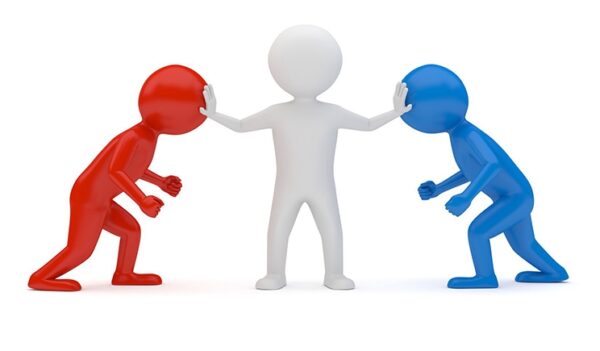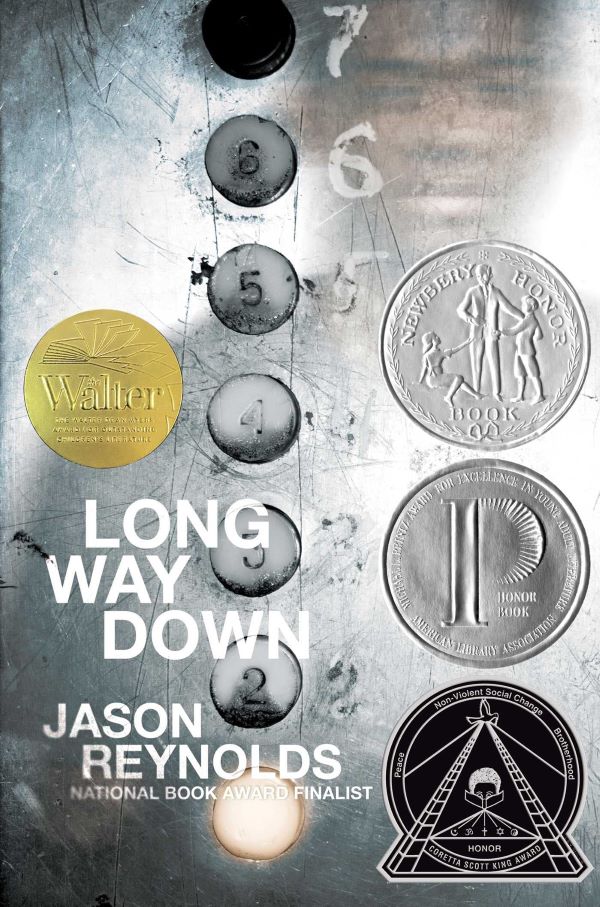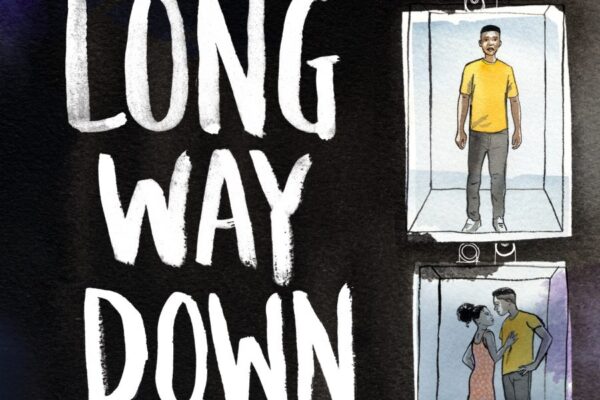
Conflict
In literature, conflict is any struggle that a character must overcome to achieve their goal.
There are two main categories of conflict:
- Internal Conflict – occurs when a character faces a personal dilemma and struggles to determine what to do.
- External Conflict – occurs when a character is in conflict with an external force such as another character or their environment.
Internal Conflict
An internal conflict occurs when a character in literature experiences tension within themselves.
Sometimes referred to as “person vs. self,” internal conflicts involve the character experiencing opposing needs, desires or values.
Internal Conflict in Long Way Down
Long Way Down revolves around one major internal conflict. Answer the questions below to identify and explore this internal conflict.
- What primary internal conflict does William face in Long Way Down?
- What are the main arguments on each side of William’s internal conflict?
External Conflict
An external conflict is a problem, antagonism, or struggle that takes place between a character and an outside force.
In an external conflict, a character may be struggling against another character, the natural world, or society.
Types of External Conflict
There are three main types of external conflict:
- Person vs. Person – when a character is in conflict with another character
- Person vs. Nature – when a character is in conflict with their environment, such as in a storm, or in a desert, or stranded in the ocean, etc.
- Person vs. Society – when a character struggles against the norms or rules of their community or society.
External Conflict in Long Way Down
While Long Way Down is largely about an internal conflict, there are also examples of external conflict. Answer the questions below to identify and explore some of these external conflicts.
- List a few examples of person vs. person conflict in Long Way Down:
- How are these person vs. person conflicts resolved?
- How do these person vs. person conflicts lead to more conflicts?


